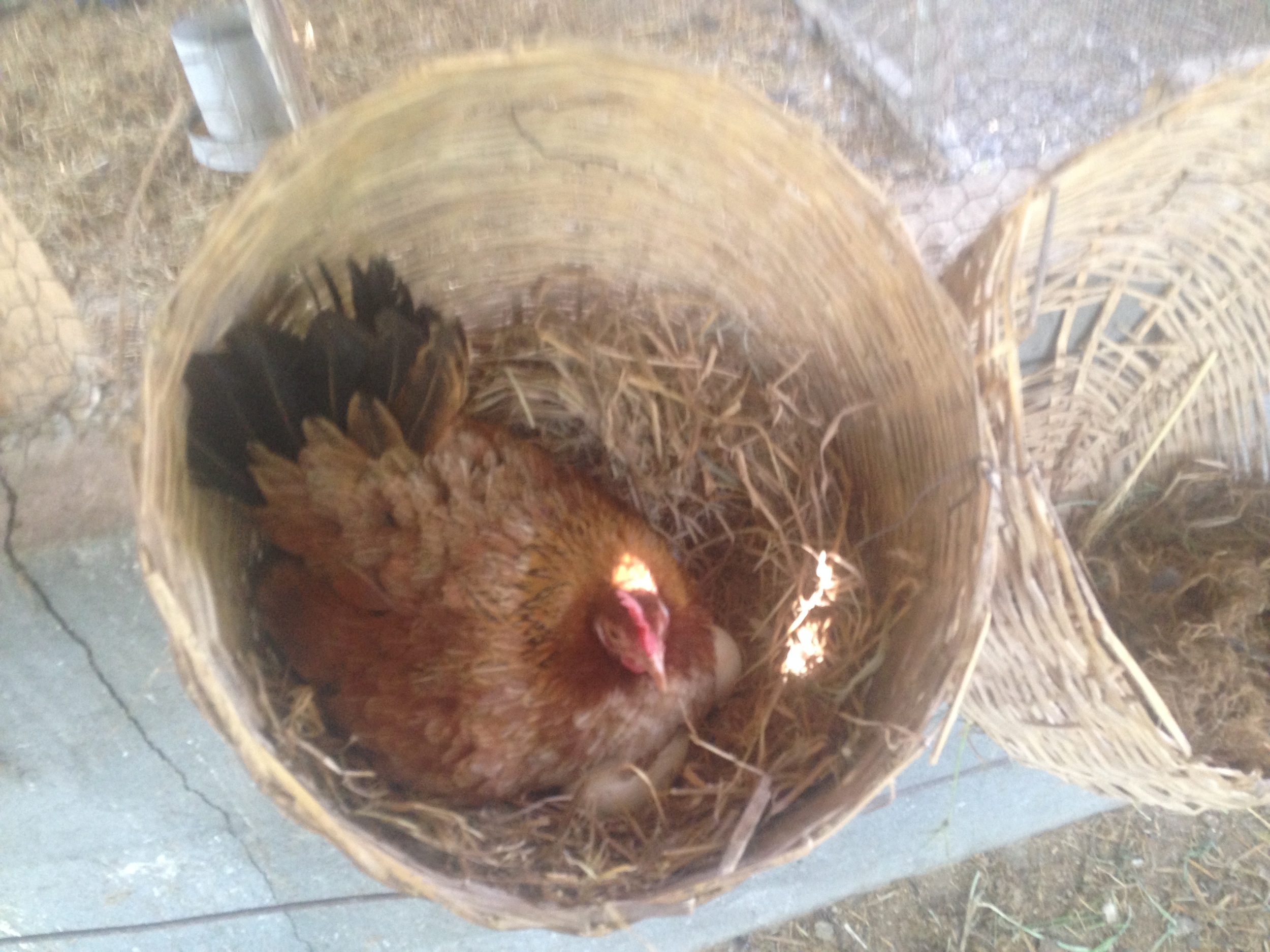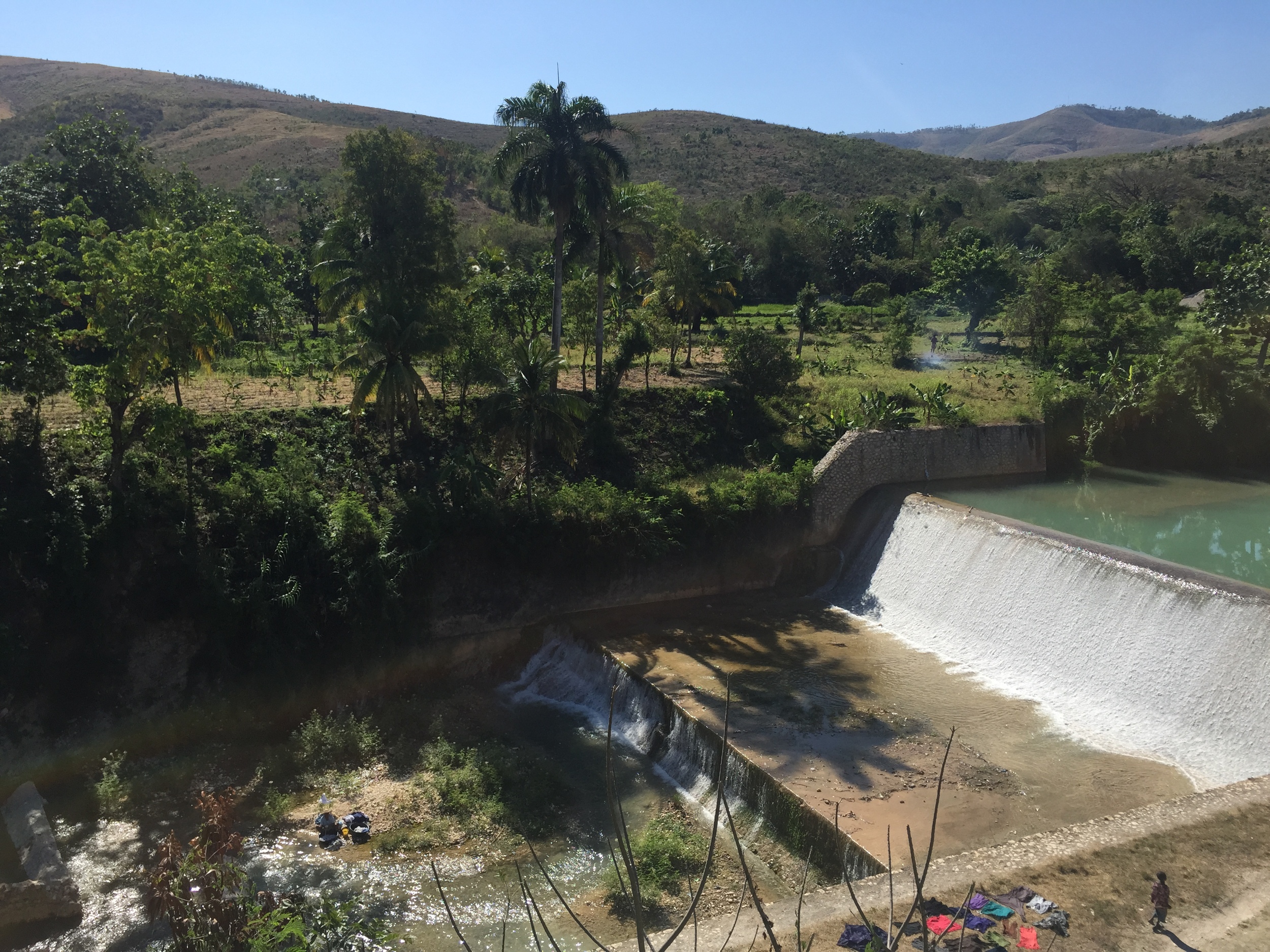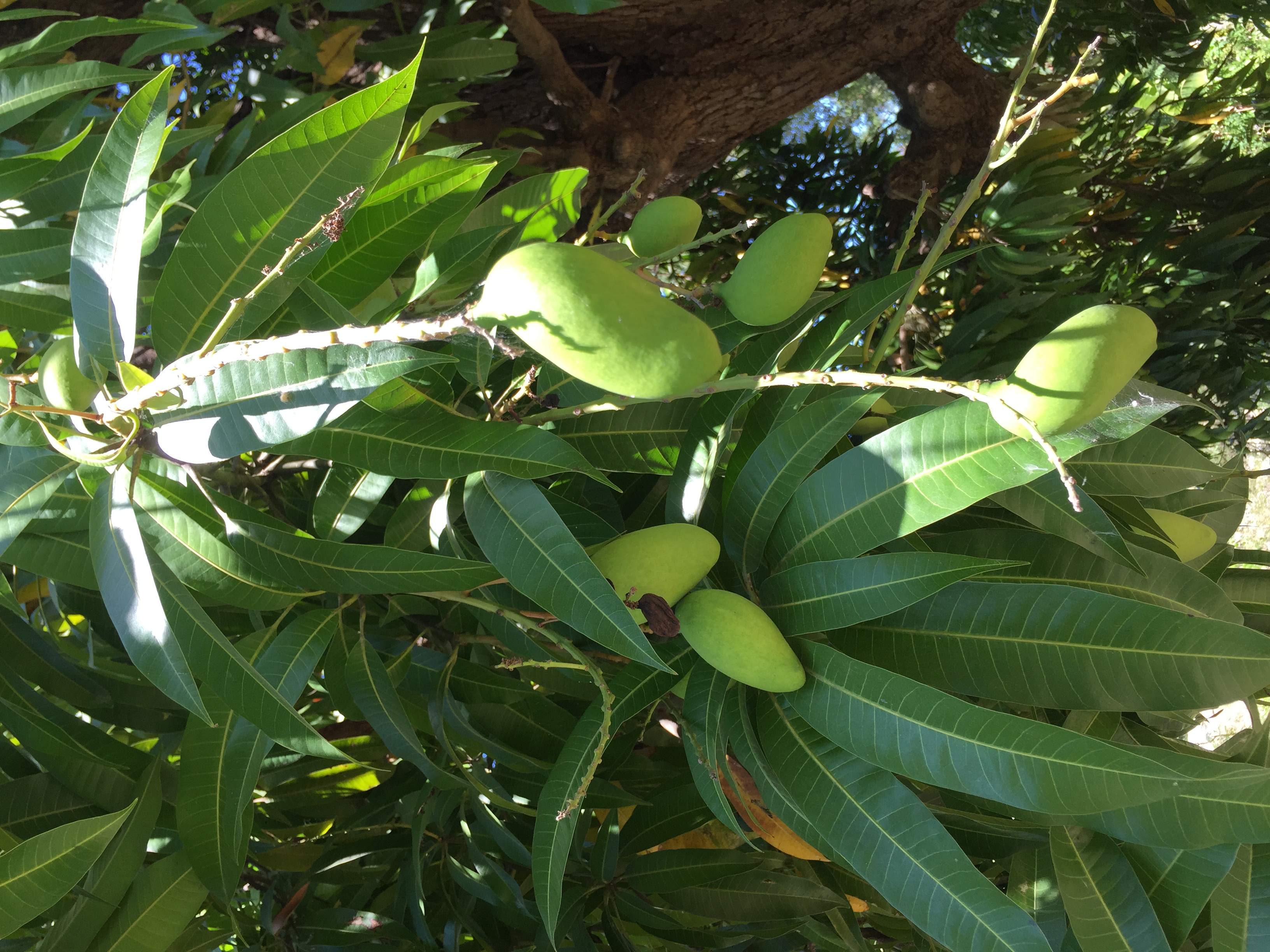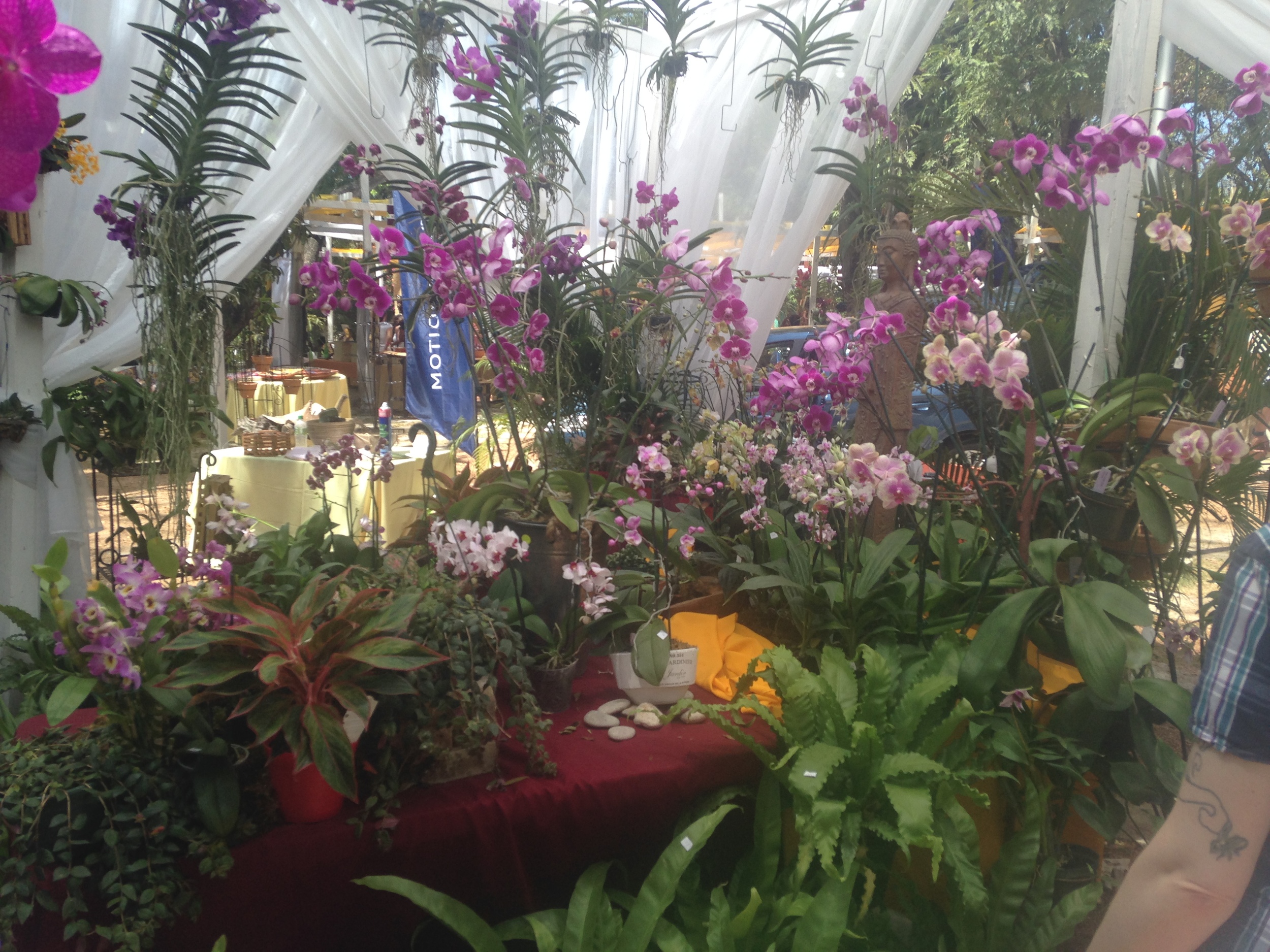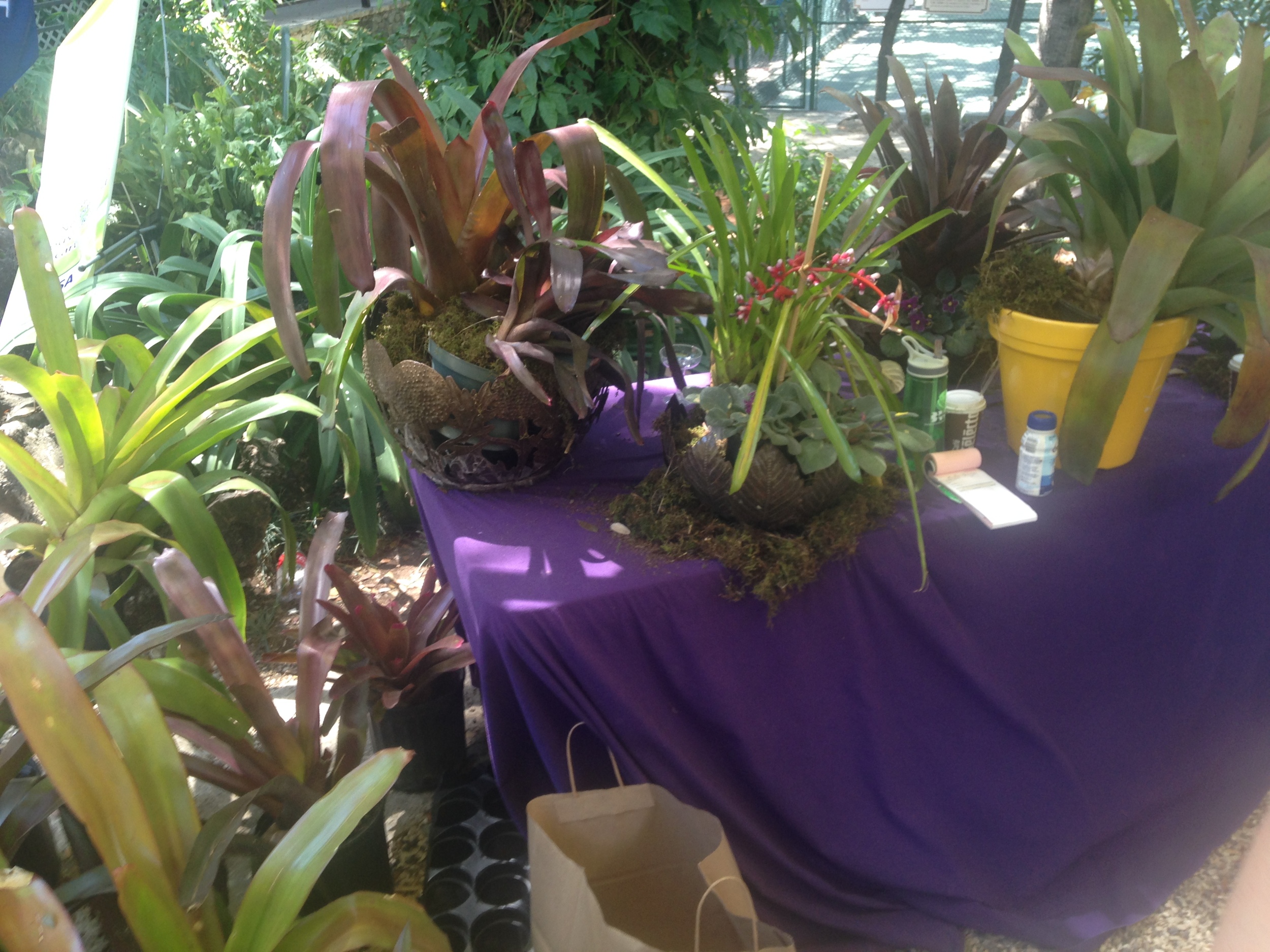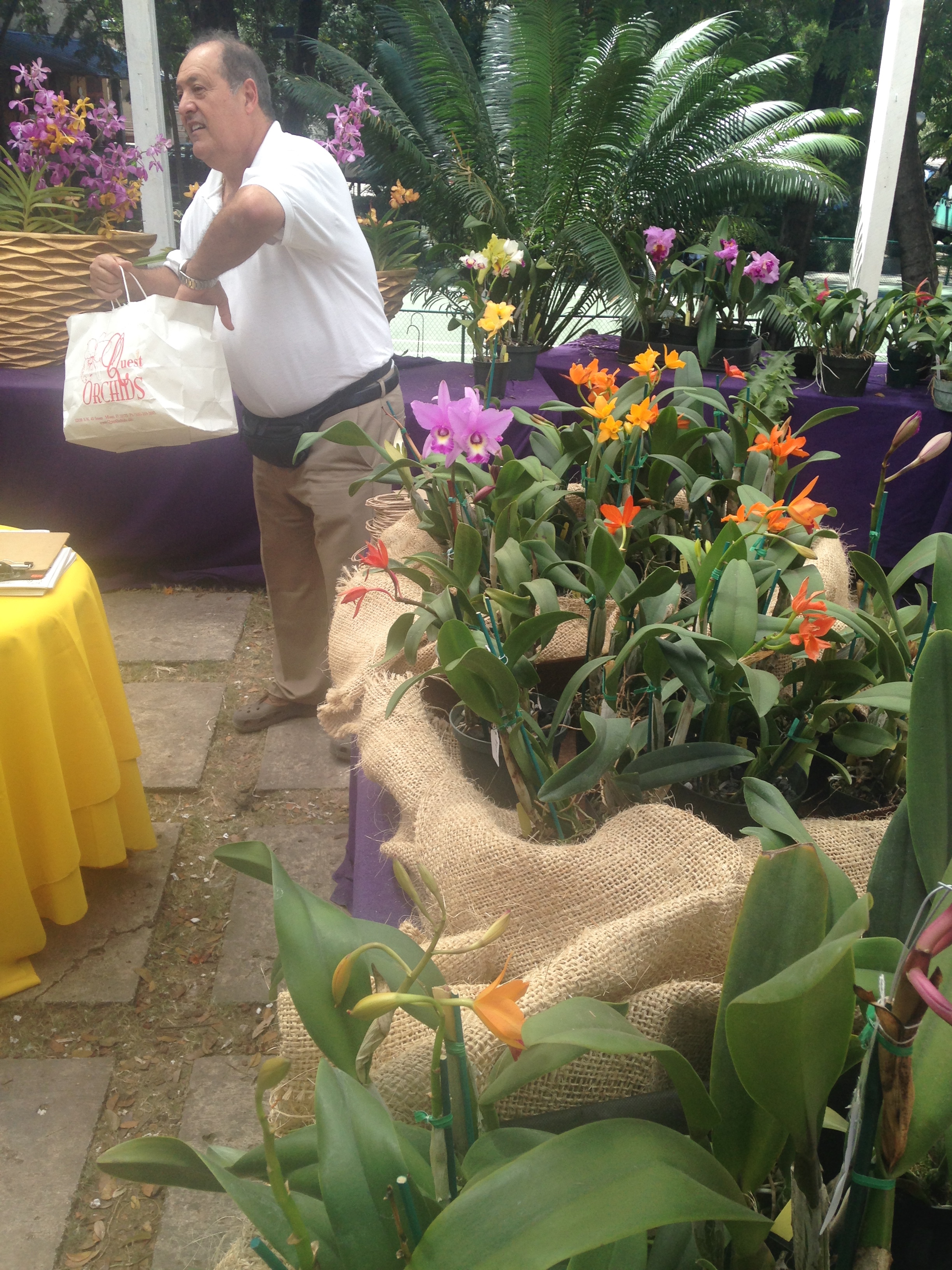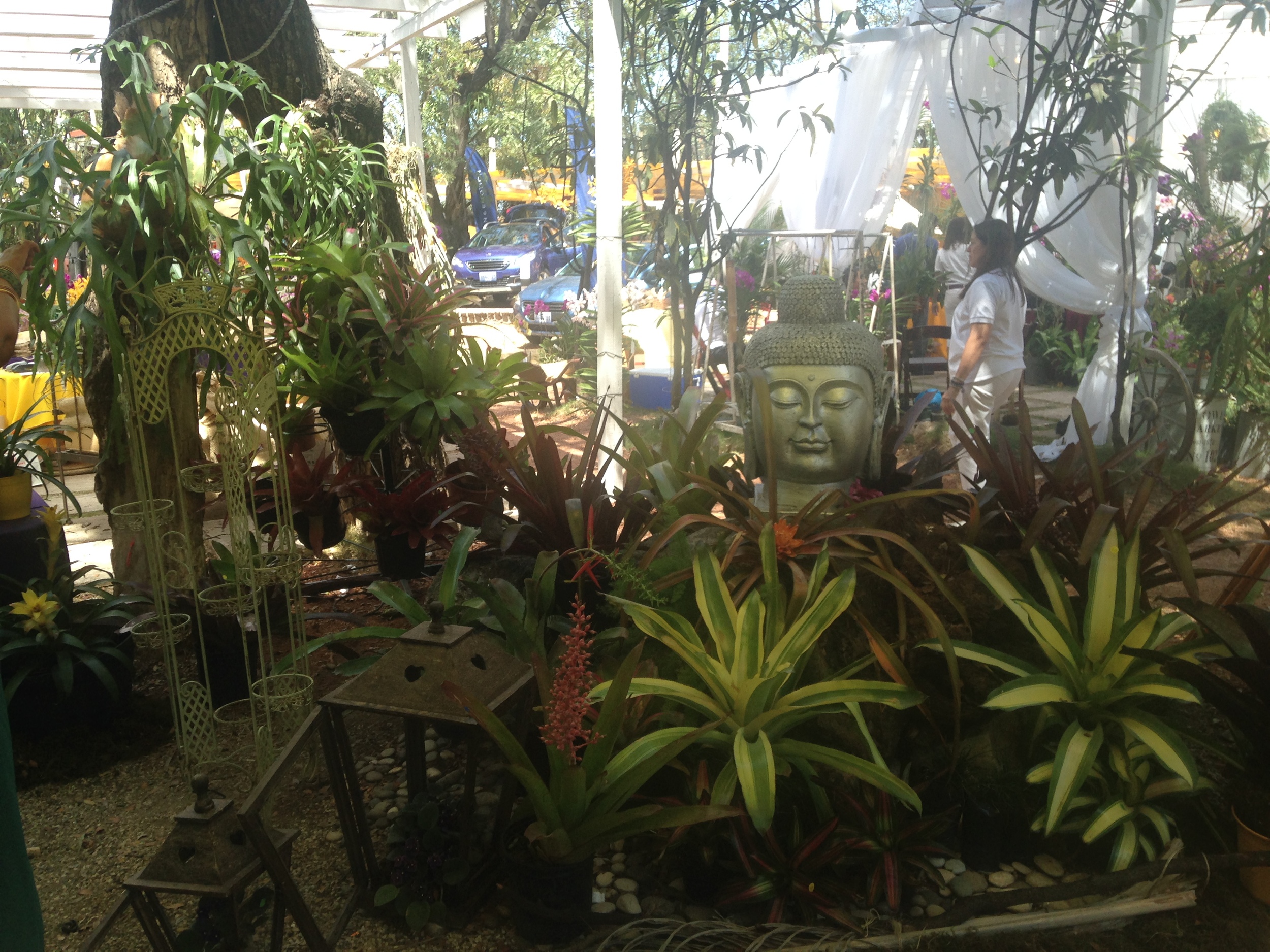By Dan Majors / Pittsburgh Post-Gazette
Elsie Hilliard Hillman, a philanthropist and political activist whose lifetime of civic devotion made her a beloved figure in Western Pennsylvania and beyond, died early today at UPMC Shadyside. She was 89.
The wife of billionaire industrialist Henry Hillman, whom she married in 1945, she rose from a volunteer in the 14th Ward in Squirrel Hill to the sanctum of Republican national decision-makers, always with the purpose of helping people.
Once described as "the Grand Duchess of the Pennsylvania Republican Party," Mrs. Hillman approached politics from the perspective of promoting social causes. As chairwoman of the state GOP and a member of the Republican National Committee from 1978 to 1996, she was instrumental in the election of centrist politicians on the local, state and national level.
Former Republican governors William Scranton, Dick Thornburgh and Tom Ridge, senators John Heinz and Arlen Specter, Vice President Nelson Rockefeller and President George H.W. Bush were among the many who counted on her counsel and support before and after they were elected.
Mr. Bush, whom Mrs. Hillman helped get elected in 1988, described Mrs. Hillman to the Post-Gazette as “ a wonderful gal” and praised her for being “amazingly active in politics and her community” and for being “always concerned about making a contribution.”
Mr. Bush’s wife, Barbara, once described Mrs. Hillman as ''a cross between Teddy Roosevelt and Auntie Mame.’’
“Elsie Hillman, our dear friend, broke the mold,” Mr. Bush said. “She was full of wisdom, full of energy, and full of humor. She was a tireless political activist, and a wonderful, caring human being. I was blessed to have her on my side. Barbara and I loved her.”
“Elsie was happiest when surrounded by her family,” said husband Henry Hillman. “Every person she ever met, she made to feel as though they were her best friend and that she would do anything for them, but her family always came first in her heart.”
Yet her circle of influence was not limited to Republicans. She counted longtime Allegheny County Commissioner Tom Foerster and Pittsburgh Mayor Tom Murphy, whom she recognized for his “vision and leadership,” as close friends. Democratic Mayor Joseph Barr, who served from 1959 to 1970, once told Mr. Foerster, “Anytime you need help of any kind, you go see Elsie.”
With unbridled enthusiasm and good humor, Mrs. Hillman balanced her undisputed power and wealth with touches of common life. She drove herself around in cars ordinary except for the elephant hood ornament. When giving tens of thousands of dollars to state candidates, she listed her occupation as ''housewife.’’ The silver with which she occasionally served large numbers of guests was bought second-hand at a government auction.
She connected the black community to chief executive officers of major corporations and personally delivered food baskets to dying AIDS victims and stayed to eat with them. She established the Republican Future Fund to promote centrist policies and candidates and was a staunch supporter of abortion rights -- a position that frequently caused friction in the party.
In 2005, the Hillmans donated $20 million to the University of Pittsburgh Cancer Institute and the UPMC Cancer Centers.
Former Gov. Tom Corbett, who was among 300 people attending a May 2012 salute to Mrs. Hillman at Carnegie Music Hall in Oakland, said she “created a generation of leaders ... with a clear set of goals and the capacity to not only get along with very different people but to show those people how to get along with each other. That's politics at its purest."
Terry Miller, director of the university's Institute of Politics, hailed Mrs. Hillman for the time, effort, money and influence she invested in people and causes -- including rights for women, minorities and gays -- often when the stands were not popular.
But they were more than stands. They were movements that Mrs. Hillman had a hand in setting in motion.
In addition to her husband, she is survived by four children -- Lea Simonds, Audrey Fisher, Henry Hillman Jr., and Bill Hillman -- nine grandchildren, and 14 great-grandchildren.
Funeral arrangements will be private and for the immediate family only. A community memorial service to celebrate her life is being planned for Sept. 19 at 10:30 a.m. at Calvary Episcopal Church in Pittsburgh.
Dan Majors: dmajors@post-gazette.com and 412-263-1456.
TRIBUNE REVIEW
http://triblive.com/news/adminpage/4364540-74/hillman-pittsburgh-campaign#axzz3hshYnqex
By Salena Zito
Tuesday, Aug. 4, 2015, 12:45 p.m.
Updated 54 minutes ago
Philanthropist Elsie Hillman, a Republican matriarch who rubbed shoulders with presidents and politicos but could just as easily befriend doormen and waiters, died Tuesday in Pittsburgh.
At the height of her involvement in Pennsylvania politics, she had “the unique ability to talk to the president of the United States in the morning and to talk to the parking lot attendant in the afternoon and convince both of them she's their best friend,” said Allegheny County GOP committee chairman Jim Roddey, a former county executive whose campaign she supported.
A parking lot attendant, Roddey recalled, once told Mrs. Hillman, “‘I really appreciate your talking to me. After all, I'm only a parking lot attendant.' And she said, ‘Oh, no. You are an automotive placement engineer.'”
Mrs. Hillman, the wife of industrialist Henry Hillman of Squirrel Hill, died of heart failure at UPMC Shadyside. She was 89.
“Elsie was happiest when surrounded by her family,” said her husband. “Every person she ever met, she made to feel as though they were her best friend and that she would do anything for them, but her family always came first in her heart.”
The family plans a private funeral, and a community memorial service on Sept. 19 at 10:30 a.m. at Calvary Episcopal Church in Shadyside.
Former President George H.W. Bush, whom Mrs. Hillman supported, said the country lost “one of the brightest points of light and finest political activists with the passing of our dear and cherished friend. Wherever she went, whatever she did, Elsie was a leader, a force of nature around whom good and worthwhile things were always happening.
“She had the biggest, most caring heart,” Bush said. “She seemed to know everyone. And she had respect and admiration even from those with whom she did not always agree on issues.”
The Hillmans celebrated their 70th wedding anniversary on May 12 at the Pittsburgh Golf Club. He attended but she was hospitalized and spoke by closed-circuit TV, guests said. Seated in a wingback chair, with flowers next to her, she dressed up her blue silk outfit with jewelry and only a gauze bandage on her wrist suggested she was in a hospital room.
“After her remarks, she told everyone to go to the bar, enjoy the buffet and spend Henry's money wildly,” one guest recalled.
Pittsburgh Mayor Bill Peduto said Mrs. Hillman was “a pioneer who spent a lifetime changing things for the better. She was also gracious and down-to-earth, and did all she could to make Pittsburgh a better place for all. Thousands in our city and far beyond were touched forever by her goodness.”
Mrs. Hillman graduated from the Ellis School, the Ethel Walker School and studied voice and piano at Westminster Choir College in Princeton, N.J. She demonstrated her free spirit at Ellis by riding around the school with her boyfriend on a motorcycle, according to “Never a Spectator: The Political Life of Elsie Hillman,” a book by Kathy McCauley.
She fell in love with Hillman, a naval pilot, and married him in 1945 when she was just 19.
Mrs. Hillman began her decades of community service as a teenager searching the skies for aircraft over Pittsburgh during World War II. She later cleaned instruments for surgery, sold War Bonds and knitted socks for soldiers.
She joined the presidential campaign of Dwight D. Eisenhower in 1952. That began her streak of supporting moderate Republicans such as Bush, Sens. John Heinz and Hugh Scott, and Govs. Bill Scranton, Richard Thornburgh and Tom Ridge.
“None of us would have achieved what we have politically without the guidance and leadership of Elsie Hillman. Elsie was always there for us, and always asking how she could help,” said Ridge, who attended a lunch with the Hillmans, and former Govs. Dick Thornburgh and Mark Schweiker during the Christmas holidays last year.
“When I think of Elsie, I'll always think of her generous spirit and her warm heart,” Ridge said, “The Hillmans' philanthropy in Pittsburgh, and beyond, is renowned. Quite simply, Elsie Hillman was an incredible human being.”
Mrs. Hillman was a Republican national committeewoman from 1975 to 1996 but she became disenchanted when the party's right wing became more dominant. She encouraged women and minorities to run for political office.
With her husband, she gave millions of dollars to charity to support causes such as the Hillman Cancer Center at UPMC. She co-chaired the Save Our Summers campaign in 2004 when budget cutbacks forced the City of Pittsburgh to close swimming pools and recreation centers.
“She went to civic leaders and foundations and asked everyone to create a fund and the will to keep those pools and facilities open so children would have a safe place to go,” said Kathy Buechel, senior lecturer and director of the Philanthropy Forum at the University of Pittsburgh's Graduate School of Public and International Affairs.
She helped launch the Neighbor Aid campaign to assist families devastated by the Great Recession of 2008.
Roddey revealed another of Mrs. Hillman's secrets. Although Forbes magazine once estimated her husband's wealth at $2.3 billion, she almost exclusively wore costume jewelry.
“Dearie, people think that's an emerald,'” he said she once told him. “‘I'm not going to waste my money on expensive jewelry. I have more important things to do with my money.'”
In addition to her husband, survivors include daughters Juliet Lea Simonds and Audrey Hillman Fisher; sons Henry Lea Hillman, Jr. and William Talbott Hillman; nine grandchildren and 14 great-grandchildren.
Salena Zito is a Trib Total Media staff writer. Reach her at szito@tribweb.com. Staff writer Bill Zlatos contributed.
Read more: http://triblive.com/news/adminpage/4364540-74/hillman-pittsburgh-campaign#ixzz3hsi2TZl5
Follow us: @triblive on Twitter | triblive on Facebook


















